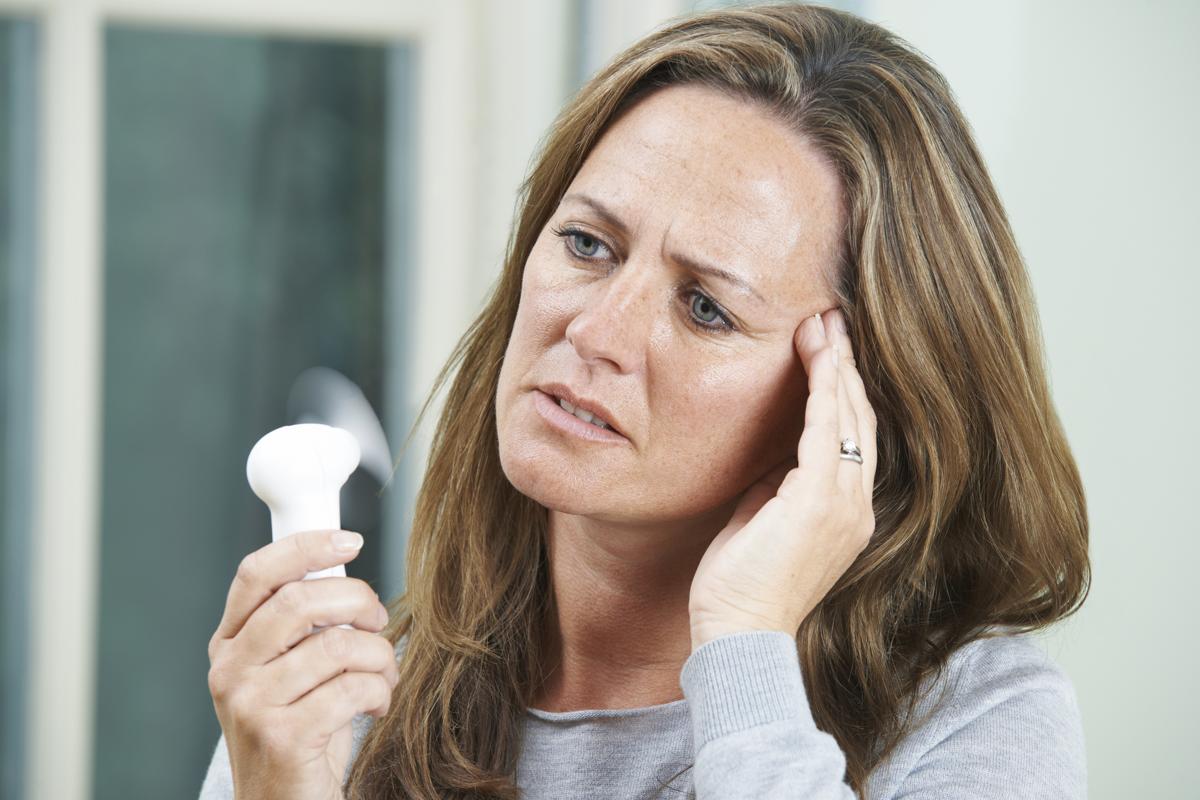Some
Menopause is the final stage of a woman’s reproductive life cycle. Though it marks the end of menstruation, some women may experience postmenopausal bleeding or a period after menopause. Given below is some information on some of the causes of postmenopausal bleeding.
- Since menopause marks the end of menstruation, having a period after menopause can cause stress. There are underlying causes of postmenopausal bleeding. Let’s first look the reproductive life cycle of women. After the onset of puberty, women undergo a series of physiological changes throughout their reproductive years. The duration of the menstrual cycle ranges from 28 to 35 days. These changes are brought about by changes in the levels of hormones called estrogen and progesterone. The beginning of the menstrual cycle begins the rupture of uterine lining or the endometrium. The menstrual bleeding cycle lasts for a period of 3 to 5 days.
What Causes Postmenopausal Bleeding?
- Most women become menopausal between the age of 45 to 55 years, however, for some women, the onset of menopause may take place at an earlier age due to lifestyle-related issues.
- After the menstrual bleeding stops, the levels of estrogen and progesterone begin to increase. The increase in the levels of these hormones help to thicken the uterine lining and then the release of ovum from the ovary occurs. The egg travels through the Fallopian tubes and lands in the uterus. If at this stage, fertilization occurs with a sperm, the uterine lining continues to thicken. If the egg does not get fertilized, there is a decline in the levels of these hormones. As a result, the uterine lining breaks down and this causes menstrual bleeding.
- After women complete the age of 40 changes start taking place in the reproductive system that include: perimenopause then menopause.
Women are said to be in menopause, if they have not gotten a single period for a year.
-
-
- Hormone Replacement Therapy. During the transitional period that precedes menopause and postmenopause, hormonal changes bring about a lot of distressing symptoms such as vaginal dryness, hot flashes, headaches, irregular heartbeat, excessive sweating, weight gain, reduced sex drive, fatigue and sleep disturbances. If the symptoms are unmanageable, hormone replacement therapy is recommended. Women opting for this treatment usually take synthetic hormones orally or transdermally. Hormone replacement therapy may alleviate some of the symptoms to some extent, but it may cause certain side effects, one of them being postmenopausal bleeding.
-
-
-
- Uterine Growth. Development of a benign growth in the uterus could also be responsible for causing postmenopausal bleeding. Development of fibroids or polyps on the walls of the uterus could be the reason why a woman may have a menstrual period even after approaching menopause. Polyps or the benign tumor-like growths that appear in the cervix or on the uterine walls may lend a distorted appearance to the uterus and cause bleeding. Fibroids are benign growths with fibrous tissues that often cause heavy bleeding. The removal of the fibroid is generally removed immediately.
-
-
-
- Cancerous Uterine Growth. Since menopausal bleeding could also be associated with malignant growth in the uterus or ovaries, gynecologists often conduct a pelvic examination and examine the cervix and the vagina. Pap smear, ultrasound and endometrial biopsy may also be conducted to examine the reproductive organs and ascertain the presence of a cancerous growth. These tests can help the doctors measure the thickness of uterine lining, which in turn, may help in the diagnosis of the initial stage of uterine cancer or endometrial hyperplasia. If left untreated, hyperplasia may progress into uterine cancer. Due to the serious nature of the disease, timely diagnosis and treatment is extremely essential for averting serious complications.
-
-
-
- Vaginal Atrophy. Vaginal atrophy, the thinning of vagina is a condition when there is a decrease in the production of estrogen by the ovaries. Due to the drying and thinning of the vaginal lining, the vagina becomes fragile and quite prone to injuries, which is why, postmenopausal women may experience spotting or bleeding after intercourse. This condition also makes women prone to vaginal infections. Use of vaginal creams, vaginal estrogen ring or tablets can help treat this condition.
-
Besides the following conditions, nutritional deficiencies may also bring about a hormonal imbalance and cause menstrual bleeding after menopause. Women who suffer drastic weight loss at this time, are also prone to experiencing vaginal bleeding after menopause. Bleeding after menopause may be indicative of a serious disease. Drug therapy, natural remedies and lifestyle changes can help manage the symptoms. Growths within the uterus or the reproductive organs may need surgical attention.